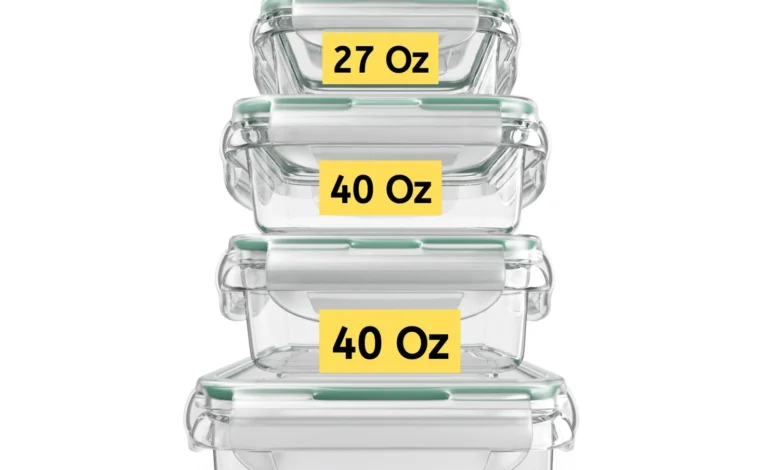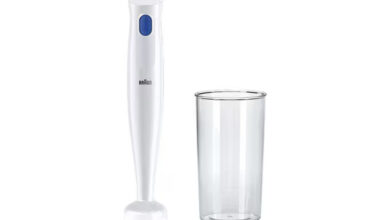The Sustainability of Glass Containers
Glass Containers: Why They’re the Future of Eco-Friendly Packaging

Introduction
We all know the planet is in trouble. From rising temperatures to landfills overflowing with plastic waste, it’s clear something needs to change. And that’s where sustainable packaging swoops in as the superhero of the hour. But not all packaging materials are created equal, and if you’re trying to make an eco-friendly choice, you’ve probably come across glass containers. So, what’s the deal with glass? Why is it being hailed as the future of sustainable packaging? Let’s dive deep into why glass containers are here to save the day—and the planet.
What Makes Packaging Sustainable?
Before we talk about why glass containers are so great, let’s first understand what makes any packaging sustainable. It’s not just about being recyclable (although that’s a big part). Sustainable packaging must balance several factors to truly benefit the environment.
Key Characteristics of Sustainable Packaging
- Recyclability: The packaging should be able to be reprocessed and reused without significant degradation of quality.
- Biodegradability: In some cases, it should break down naturally without harming the environment.
- Minimal Resource Use: Sustainable packaging is made from renewable resources or materials that require minimal energy and water to produce.
- Non-Toxic: The material should not release harmful chemicals into the environment or pose health risks to consumers.
Comparing Different Packaging Materials
So, how does glass stack up against other packaging materials? Plastic is cheap but terrible for the environment, often ending up in oceans and taking hundreds of years to decompose. Metal is durable but energy-intensive to produce. Paper is biodegradable but can lose integrity quickly, limiting its reuse. Glass, however, strikes a sweet balance—it’s highly durable, fully recyclable, and doesn’t leach chemicals. Win-win!
The Environmental Benefits of Glass Containers
Now that we know what makes packaging sustainable, let’s zoom in on why glass containers are specifically a great choice.
Recyclability of Glass
One of the biggest wins for glass is its recyclability. Unlike plastic, which degrades over time, glass can be endlessly recycled without losing its quality or integrity. This creates a closed-loop system where old glass can become new glass repeatedly.
How Glass Recycling Works
When you recycle glass, it’s sorted by color, cleaned to remove impurities, and then melted down to form new glass containers. The beauty of this process? No loss in quality, meaning a glass jar today can be a glass jar tomorrow—and a thousand years from now!
Global Glass Recycling Rates
Countries like Germany and Sweden boast impressive glass recycling rates, with over 85% of glass containers being recycled. The U.S. and U.K. are catching up, but there’s still work to be done. The more we recycle, the less energy we use to produce new glass, which brings us to our next point.
The Longevity and Durability of Glass
Glass containers are built to last. They don’t crack or break down over time unless mishandled. This makes them a great option for reusing again and again, which isn’t something you can say about most other packaging materials.
Glass vs. Plastic: A Lifespan Comparison
A plastic bottle might be used once and tossed, while a glass jar can be reused for years. And when a glass jar finally does break? It can be recycled and turned into something new without any loss in quality. Plastic, on the other hand, loses quality each time it’s recycled and eventually becomes non-recyclable.
The Purity of Glass
There’s another huge advantage that glass has over plastic and other materials: its purity.
No Harmful Chemicals or Additives
Glass doesn’t contain any harmful chemicals like BPA, phthalates, or other additives that can leach into food or drinks. This makes it the safest choice, particularly for food storage and beverage containers. Plus, because it’s inert, it won’t absorb odors or flavors, keeping your food and drink fresh for longer.
Why Glass Containers are the Future of Eco-Friendly Packaging
So why are glass containers being called the future of eco-friendly packaging? The answer lies in a combination of sustainability, consumer trends, and innovation.
Circular Economy and Glass
The concept of a circular economy—where resources are used and reused as long as possible—is becoming increasingly important as we look to reduce waste. Glass fits seamlessly into this model due to its recyclability and long lifespan.
Reducing Waste with Glass Containers
Every time you reuse or recycle a glass container, you’re contributing to reducing waste. Imagine a world where instead of tossing out packaging, we keep reusing it—or even better, transforming it into something new without using more raw materials.
Consumer Perception: Glass as a Premium Material
Consumers are starting to realize that glass isn’t just a more sustainable choice—it’s also a more premium one. More and more brands are turning to glass to showcase their commitment to sustainability, and customers are responding positively.
Eco-Conscious Branding Through Glass
Brands that use glass containers often enjoy a reputation boost. Glass just feels more luxurious, and when paired with eco-conscious messaging, it can make a product stand out on the shelf. Customers are increasingly willing to pay a premium for brands that demonstrate real commitment to sustainability.
The Versatility of Glass Containers
Glass containers aren’t just limited to one use case. They’re used across a wide range of industries, including food, beverages, cosmetics, and pharmaceuticals. The versatility of glass containers makes them an attractive option for a variety of packaging needs.
Use Cases in Food, Beverage, and Cosmetics Industries
Whether it’s a jar of organic honey, a bottle of artisanal kombucha, or a high-end face cream, glass containers are making their mark. The material’s versatility, combined with its eco-friendly profile, has made it a top choice for brands that want to appeal to environmentally conscious consumers.
Challenges Facing the Glass Packaging Industry
While glass containers have many advantages, they’re not without their challenges.
Energy-Intensive Production
The production of glass requires a significant amount of energy, as it needs to be melted at extremely high temperatures. This has raised concerns about the carbon footprint associated with glass manufacturing.
Steps Toward Energy Efficiency in Glass Manufacturing
However, innovations are on the horizon. More manufacturers are investing in energy-efficient technologies, such as electric melting and renewable energy sources, to reduce the environmental impact of glass production.
Cost Considerations for Glass vs. Other Materials
Glass can be more expensive than plastic or paper packaging, both in terms of production costs and transportation. Glass is heavier, which means it costs more to ship, and this can be a hurdle for some companies looking to reduce their carbon footprint.
Conclusion
Glass containers represent the future of sustainable packaging. Their endless recyclability, long lifespan, and purity make them a top choice for eco-conscious consumers and brands alike. While there are challenges, particularly in terms of production costs and energy use, the benefits of glass far outweigh these drawbacks. As more companies and consumers turn to glass, we can expect to see this material playing a central role in the shift towards a circular economy and a greener future.
FAQs
- Why is glass considered eco-friendly?
Glass is eco-friendly because it is 100% recyclable, can be endlessly reused without losing quality, and contains no harmful chemicals or additives. - Does glass production have a high carbon footprint?
While glass production is energy-intensive, advancements in renewable energy and electric melting are reducing its carbon footprint. - Can all types of glass be recycled?
Most glass used for containers is recyclable, though specialty glass like Pyrex or windows might require different recycling processes. - Is glass packaging more expensive than plastic?
Yes, glass is typically more expensive to produce and transport than plastic due to its weight and the energy required for manufacturing. - What industries commonly use glass containers?
Glass is widely used in the food, beverage, cosmetics, and pharmaceutical industries because of its durability, purity, and premium feel.





